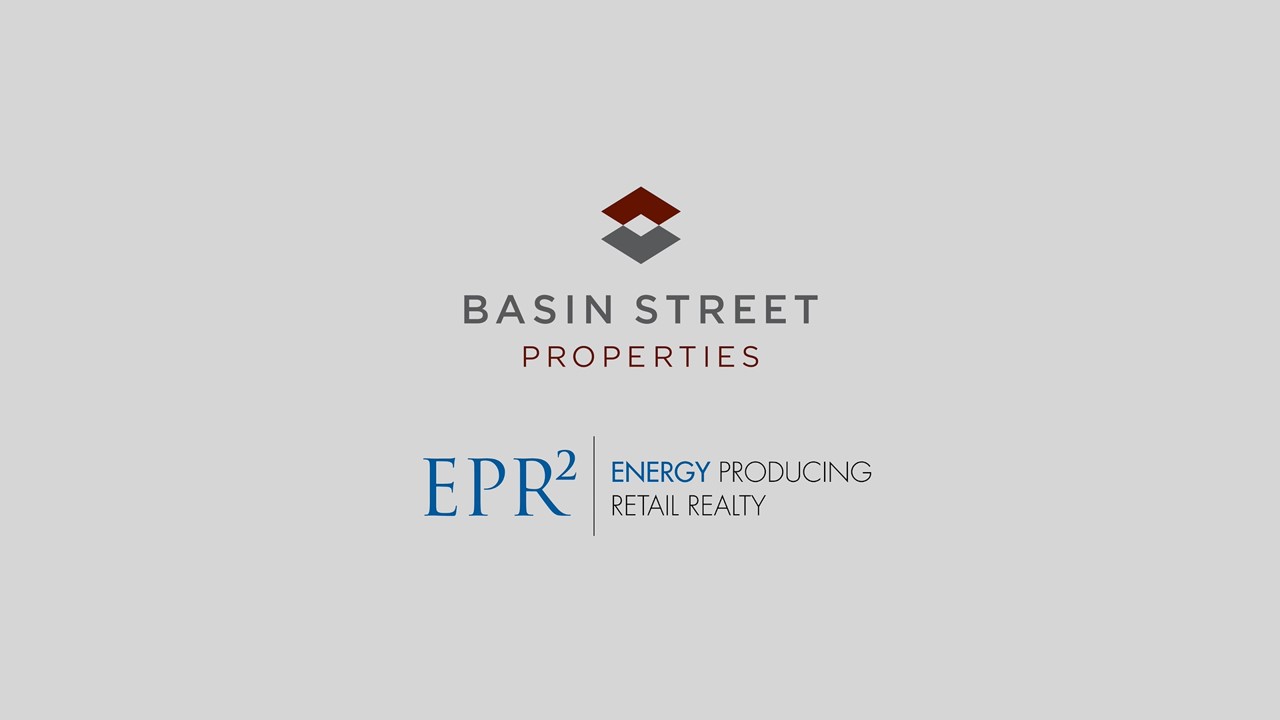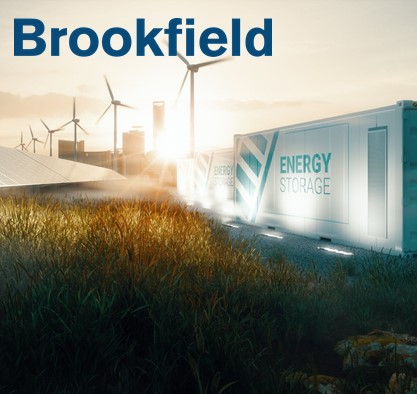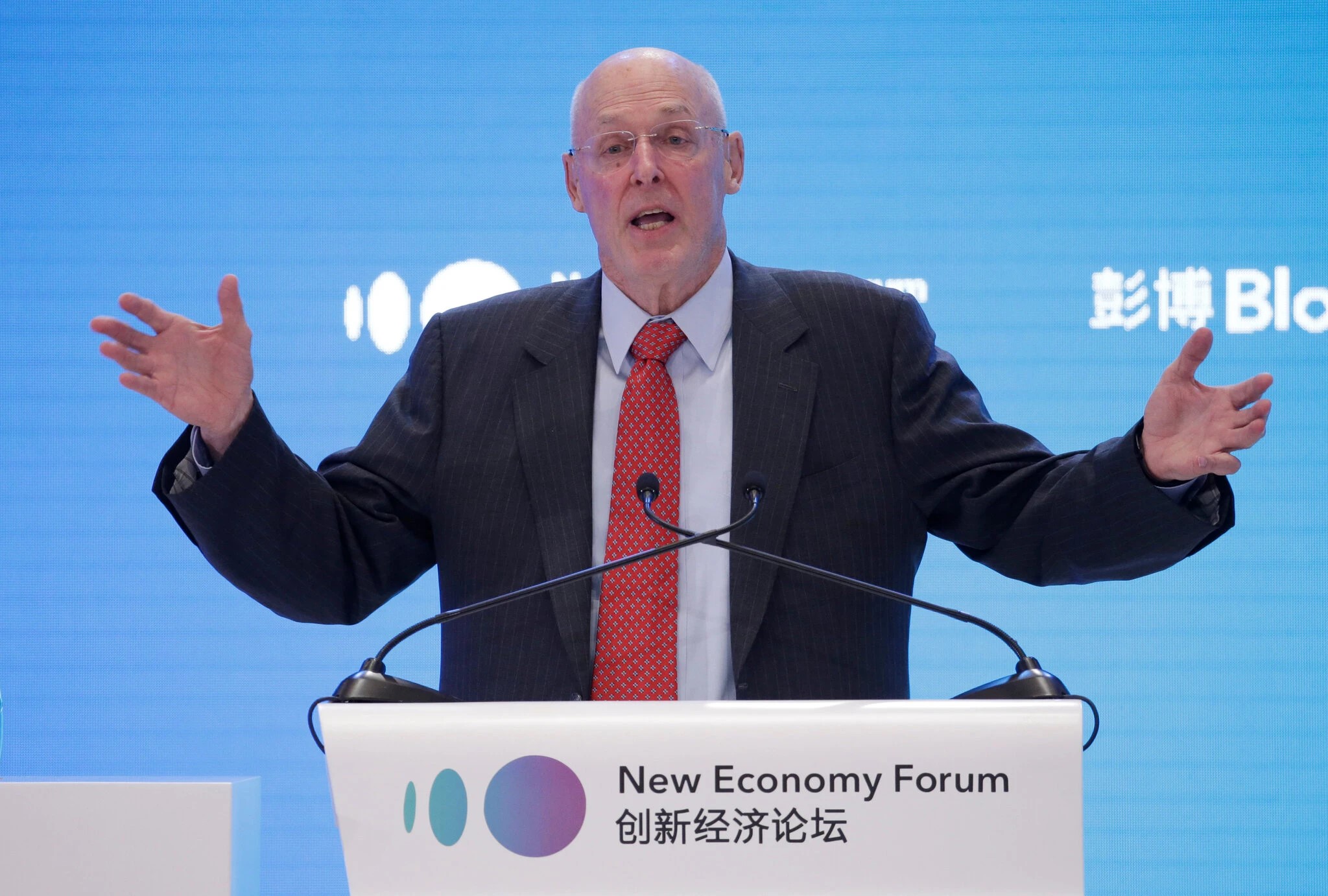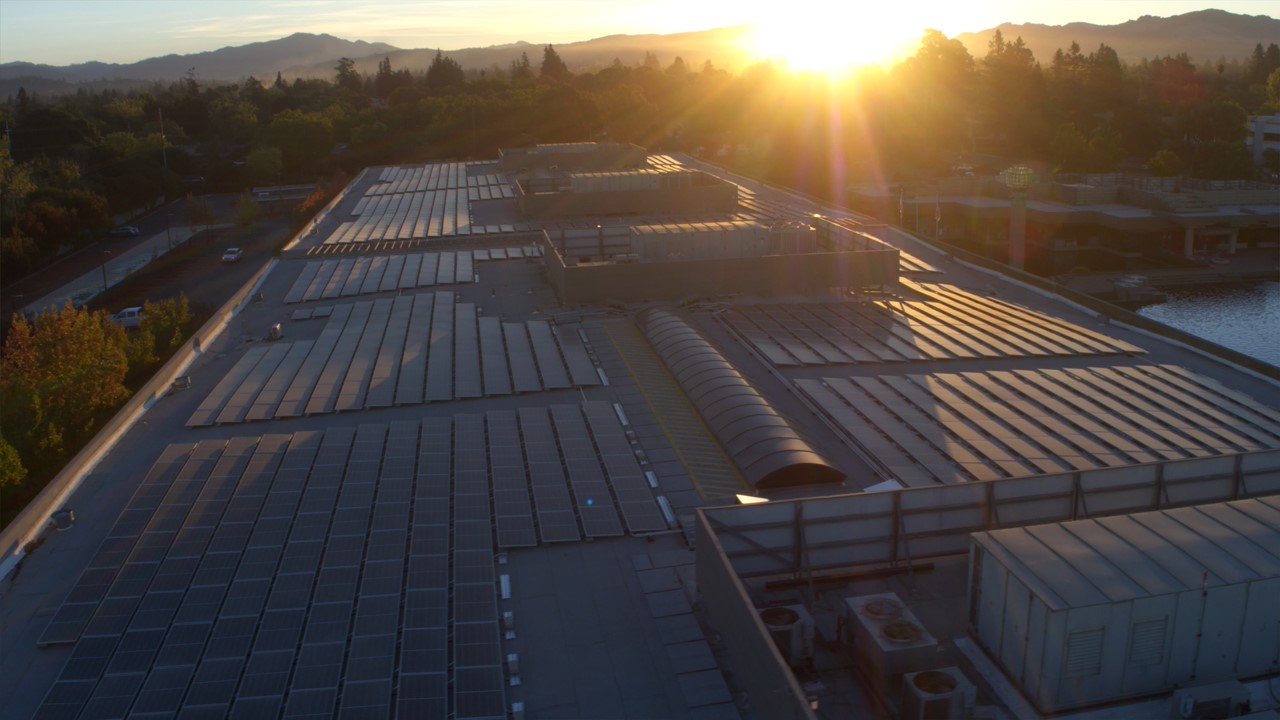The Basin Street Properties installations were on carports at Petaluma Marina Business Center and Cal Center in Sacramento as well as on the roof of its Stony Point office complex in Santa Rosa.
“The program aligns with our efforts to make all of our buildings more sustainable and it addresses our tenants’ desire to work in healthy, sustainable and environmentally friendly office spaces and in buildings that also generate renewable solar electricity on-site,” said Blake Riva, president of the property company.
The more energy that can be generated on site, the better for the tenant and the property owner, Riva told the Business Journal. He said Basin Street is able to purchase power from EPR-squared at a 10%–20% discount than from the local utility, which supplies building electricity demand not provided by the solar array.
The systems are estimated to offset 900 tons of carbon emissions, and most of the renewable energy credits for that have already been sold, according to EPR-squared.
Common renewable energy system acquisition models are cash, conventional financing, power purchase agreements (PPAs), equipment leasing and property assessed clean energy (PACE) funding that is paid through tax payments on the real estate.
Cameron points out that access to the part of the property where the solar system is installed may be limited by the terms of the lease agreement, which could make roof upgrades or tenant-related installations of additional equipment more challenging.
Another difficulty that the energy asset approach seeks to address are the fixed payments a property owner may have to make, regardless of how much energy a building is consuming, he said. EPR-squared intentionally undersizes the solar systems to 50%–70% of building demand, so the risk to the property owner of a downturn in the rental market is lessened.
“We’re making solar an occupancy-related discussion vs. a financing-related discussion,” Cameron said.
Property lenders, owners and tenants each evaluate what’s known as occupancy risk in their discussions with each other, looking at what the property income impact will be if a tenant leaves, downsizes or fails to pay.
That’s how EPR-squared is approaching the real estate community with this asset class, according to Chris Pawlik, CEO.
“Like (Basin Street Properties), we believe in long-term investment, development, and operations. We also believe that ‘doing well’ and ‘doing good’ are not mutually exclusive.
The fact is, CRE owners, along with the CRE industry, hold the keys to positively impacting the economy and environment — locally and globally,” he said.
EPR-squared invested and developed the Basin Street Properties projects with partners Ultra Capital, which invests in small- to medium-scale sustainable infrastructure projects, and Borrego Solar, a developer, installer and operator of commercial solar and energy-storage systems.
Pawlik and Cameron started running with the idea of an energy realty asset class in 2011, using a clean energy installation at the Summit State Bank headquarters in Santa Rosa as a proof of concept.
That idea developed over time, and the venture was accepted into the National Association of Realtors’ REACH accelerator program, graduating with its 2020 commercial class. The next round of energy rights deals in the $50 million initial investment fund being eyed is $10 million–$20 million in projects, and that goal is anticipated to be completed in 12–24 months, Cameron said.
Jeff Quackenbush covers wine, construction and real estate. Before the Business Journal, he wrote for Bay City News Service in San Francisco. He has a degree from Walla Walla University. Reach him at [email protected] or 707-521-4256.




